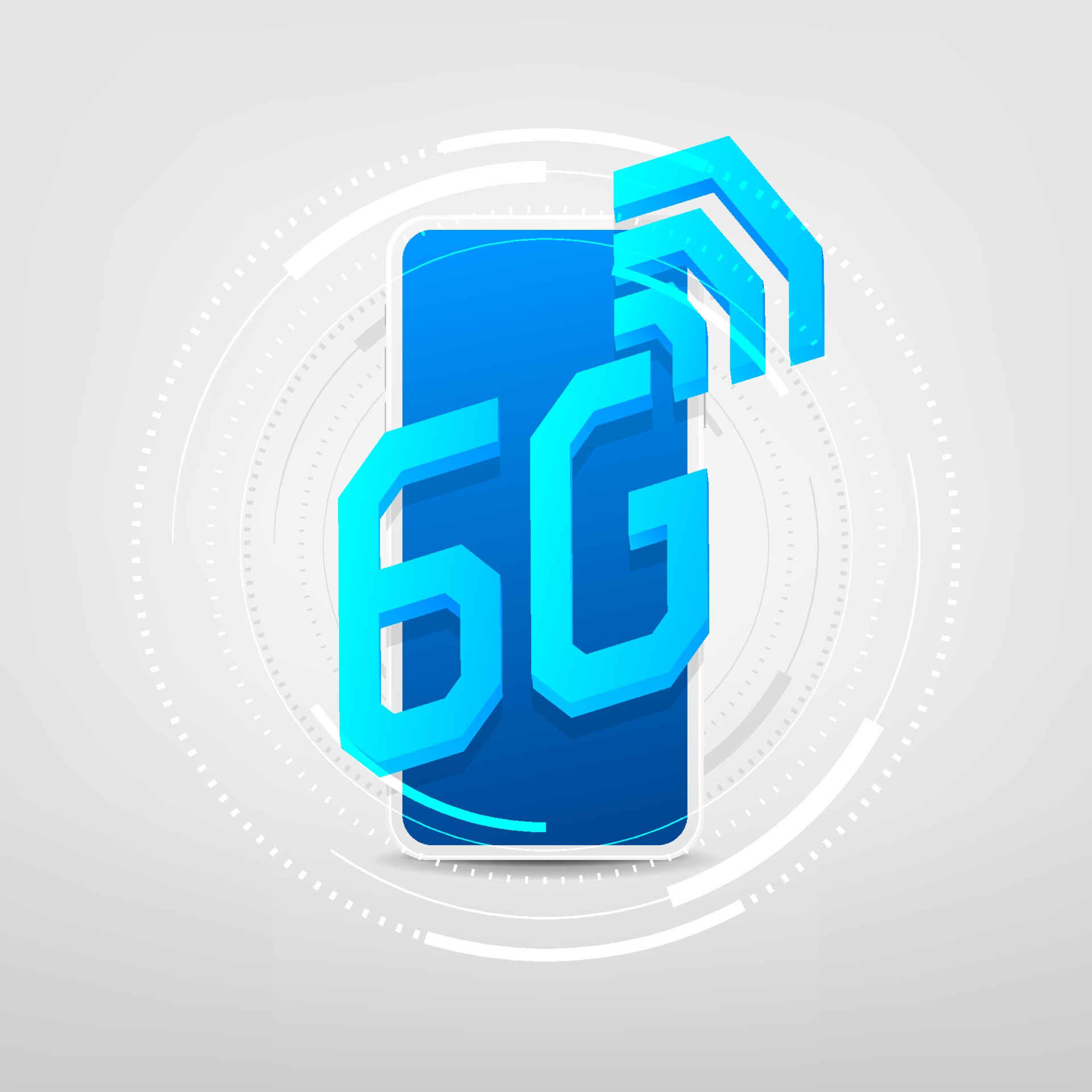


In addition, the cost of a minute of conversation in the 80s was so high, that a mobile phone was justly considered a luxury. Modems existed, but due to the fact that wireless communication is more prone to noise and distortion than conventional wired, the data transfer speed was incredibly low. These were purely analog systems, conceived and developed exclusively for making voice calls and some other modest capabilities. In the days of 1G, no one thought about data service. Although several generations of mobile services existed before, the three AMPS, TACS, and NMT are considered the first generation ( 1G), because it was these technologies that made mobile phones a mass product. The story begins with the advent of several innovative network technologies in the 1980s: AMPS in the USA and a combination of TACS and NMT in Europe. Applying the definition of “generation” in this context leads to the confusion that we will try to understand. To begin, “ G” means “ generation”, so when you hear that someone is referring to a “5G network”, it means that they are talking about a wireless network based on fifth-generation technology. What is 5G? This is higher than 4G, but does that mean better? Why do all major US telecommunications operators unexpectedly call their 4G networks? Why are they in such a hurry to rename them to 5G? Answers to these questions require a short excursion into the history of wireless technology. Those gloomy days are already far behind, but promising new-generation wireless high-speed data networks continue to appear around the world, and many things begin to seem confusing. They could not upload a 15-megapixel photo on Instagram, snap-in Snapchat and, of course, could not turn into a wireless access point. No social networks, messaging, uploading photos or streaming video in HD format. Do you remember the time when mobile phones were still called “phones”, not smartphones, not superphones…, just “phones”? These devices were stored in our pockets and could make calls.


 0 kommentar(er)
0 kommentar(er)
